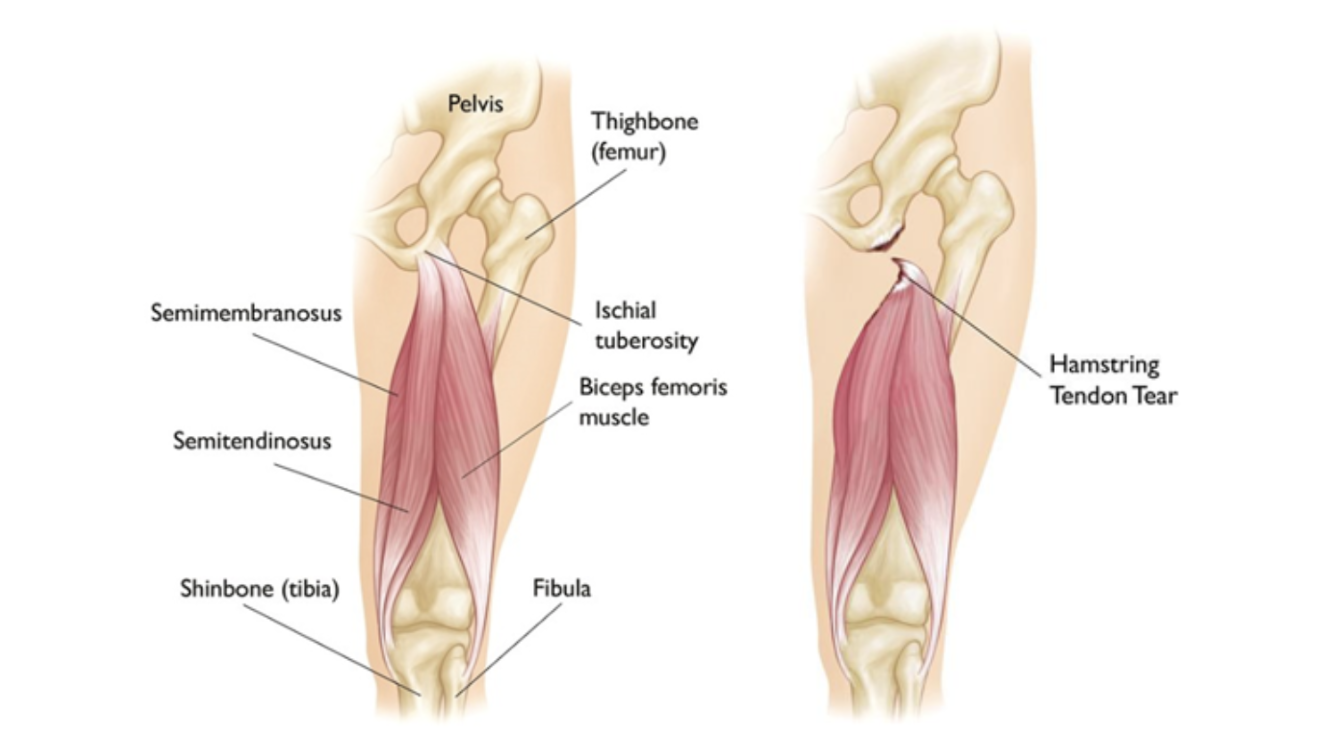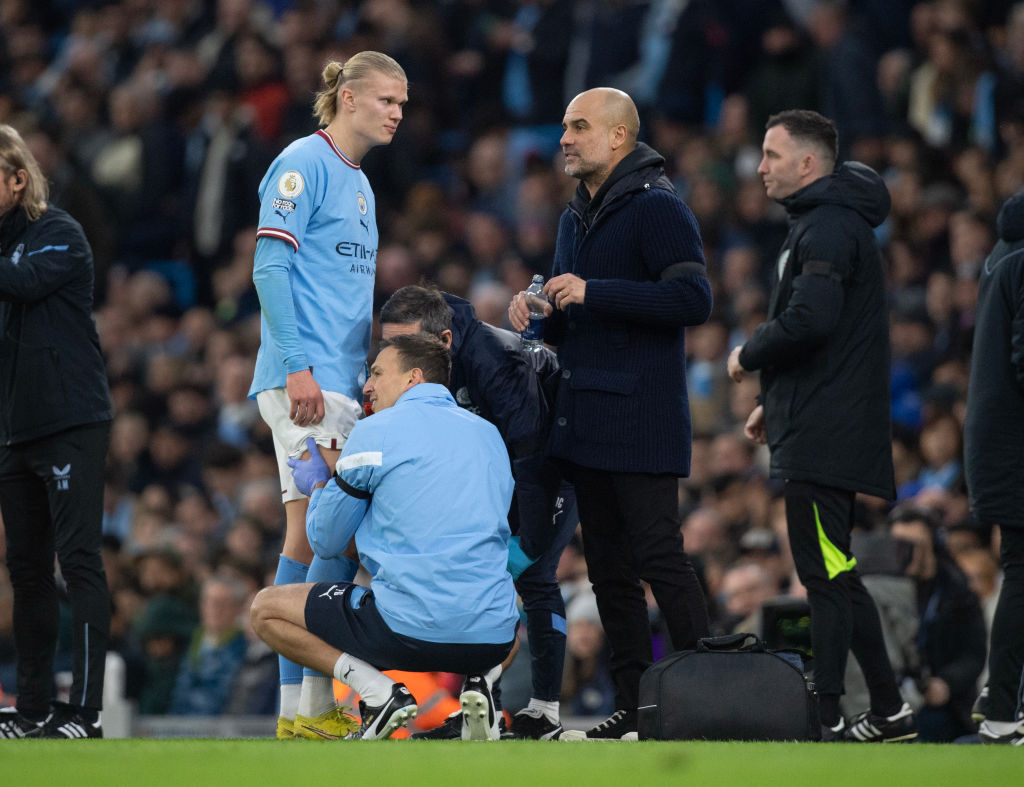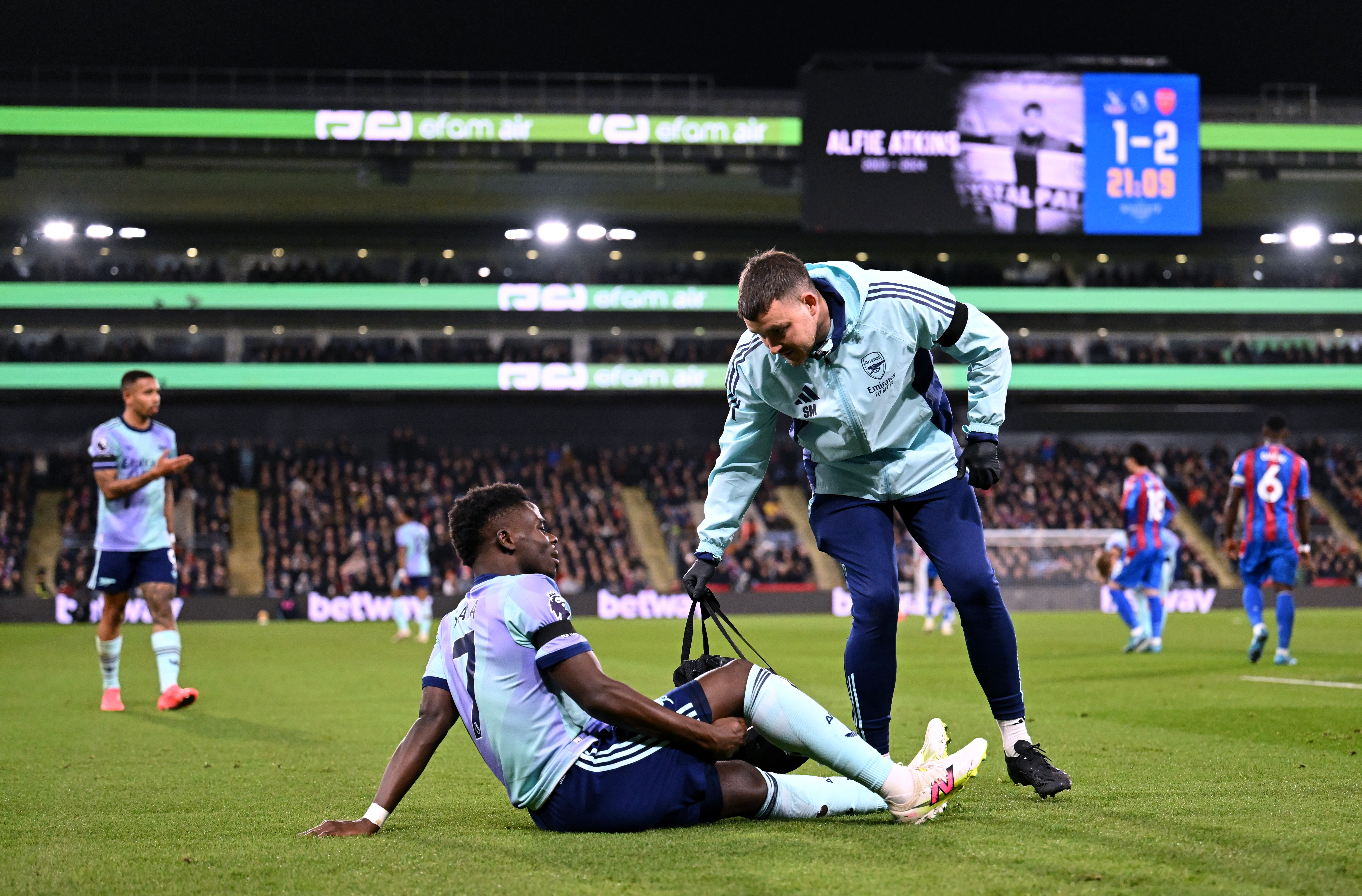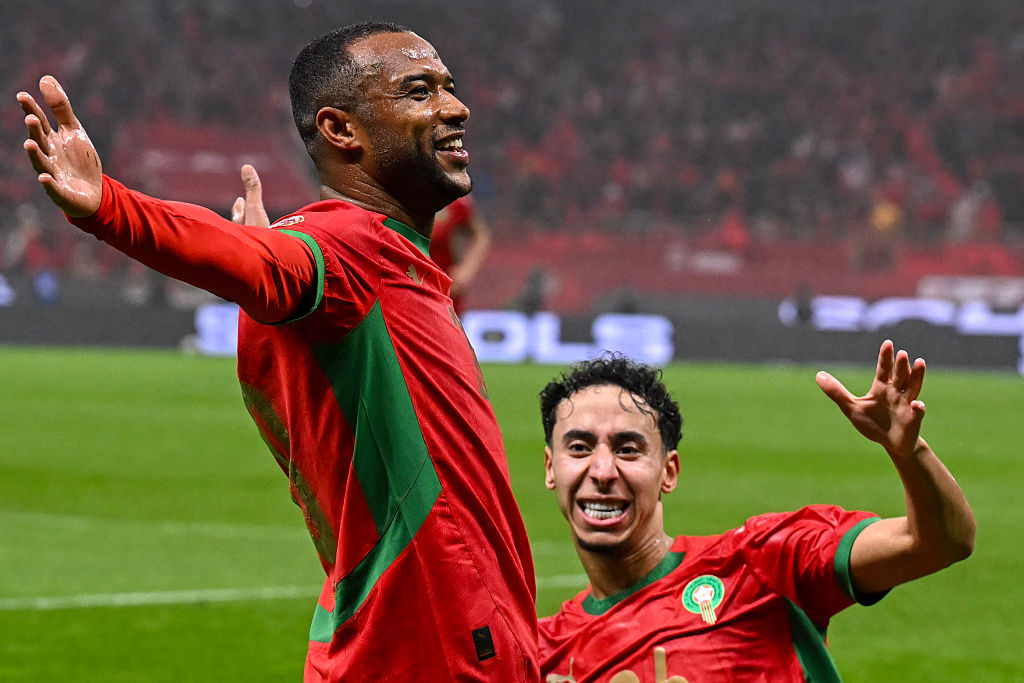Hamstring injury in football: Recovery time, symptoms, diagnosis and everything else you need to know
A hamstring injury in football can rule a player out for weeks: here's what you need to know about the injury
A hamstring injury in football is unfortunately common, with most players suffering from one at some point or another in their career.
The hamstrings are a group of three muscles – the semimembranosus, semitendinosus and the biceps femoris – in the posterior thigh that work to extend the hip and flex the knee. Naturally, this can be injured or strained when playing football.
Typically, a hamstring injury is a non-contact injury – rather like ankle sprains or anterior cruciate ligament injures – as opposed to one that happens when two players come together in a collision.
What is a hamstring injury?

Dr. Funmi Salawu is a medical doctor with a passion for sports medicine and athlete health. With a background in medicine and a future in Sports & Exercise Medicine on the horizon, she combines clinical expertise with engaging content to break down injuries in elite sports.
Funmi has worked with platforms like FourFourTwo to create insightful videos and articles on common football injuries, including ACL tears, ankle sprains, and hamstring strains.
Beyond sports medicine, she shares her knowledge across social media, making complex medical topics accessible to athletes, fans, and the wider public.
How does a hamstring injury in football occur?

A hamstring injury involves straining, tearing, or pulling of the tendons or the large muscles at the back of the thigh. This is caused by overextending or overloading the leg.
Players may report symptoms such as a sharp pain at the back of the thigh, a tearing sensation, swelling, tenderness or inability to weight bear.
Treatment

How is an ACL injury treated?
Treatment can be non-surgical which involves RICE (rest, ice, compression, elevation), crutches, and anti-inflammatory medication.
It can also be surgical where the tendons are pulled back into their new place, scar tissue is removed, and tendons are reattached to the bone using anchors.
The best features, fun and footballing quizzes, straight to your inbox every week.
What is the recovery time for a hamstring injury?
The recovery time from a hamstring injury is dependent on the grade.
- Grade 1 – Few fibres are damaged. Player experiences pain but can walk. Can take approximately two weeks for them to heal.
- Grade 2 – Approximately 50 per cent of fibres are torn. the player experiences pain, swelling and their walk is affected. It usually takes three to eight weeks to heal.
- Grade 3 – Over 50 per cent of fibres are damaged. There is usually massive swelling, pain, and muscle weakness. There may even be avulsion (where the tendon has come away from the bone). This can take up to three months to heal.
Prevention

How is a hamstring injury prevented?
To prevent hamstring injury and to help in rehabilitation it is important to stretch before and after playing sport, e.g., heel dig, hamstring curl, hip extension, hamstring wall stretch. It is also key that leg muscles are strengthened globally and not just in one compartment to prevent muscle imbalances from occurring.
For example, if you have over-trained your quadriceps and neglected your hamstrings it can make you more susceptible to a hamstring injury due to imbalance in opposing muscles.
Frequently asked questions
Can you play football with a hamstring injury?
It’s not recommended. Playing with a hamstring injury can worsen the damage and prolong recovery. Rest, rehabilitation, and proper treatment are essential before returning to play.
What are the chances of reinjury after a hamstring strain?
Reinjury rates are high, with some studies suggesting up to 30 per cent of athletes suffer a repeat hamstring injury. Proper rehab, progressive strengthening, and gradual return to full-intensity training can help reduce this risk.
Why do hamstring injuries take so long to heal?
Hamstrings play a major role in running, jumping, and kicking, so they are constantly under stress in football. Insufficient rehabilitation, rushing back too soon, or incomplete healing can lead to re-injury, making recovery longer.
Are hamstring injuries common in footballers?
Yes, hamstring injuries are one of the most frequent muscle injuries in football, particularly among players who rely on speed and explosive movements. Wingers, forwards, and full-backs are often at higher risk.

Mark White has been at on FourFourTwo since joining in January 2020, first as a staff writer before becoming content editor in 2023. An encyclopedia of football shirts and boots knowledge – both past and present – Mark has also represented FFT at both FA Cup and League Cup finals (though didn't receive a winners' medal on either occasion) and has written pieces for the mag ranging on subjects from Bobby Robson's season at Barcelona to Robinho's career. He has written cover features for the mag on Mikel Arteta and Martin Odegaard, and is assisted by his cat, Rosie, who has interned for the brand since lockdown.
- Funmi SalawuDoctor
